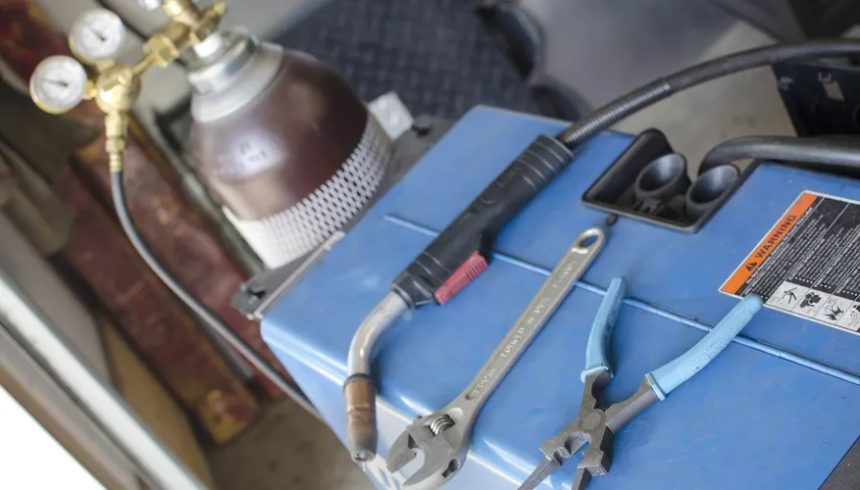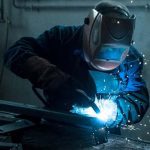Learning how to weld can open a floodgate of opportunities, regardless whether your end goal is to make a living off of it or simply kill some time in the garage exploring your creative side. Welding can be used in various different applications, and it has proven to stand the tests of time from an economic point of view. With the rapid advancements of welding technology, it can be performed in pretty much any environment, including outer space or underwater.
Learning how to weld can open a floodgate of opportunities, regardless whether your end goal is to make a living off of it or simply kill some time in the garage exploring your creative side.
021208.com
There are several popular welding techniques, but the most popular one is MIG welding. Learning how to use MIG welding torches is a gradual learning curve, which is what makes the MIG welding so attractive to newcomers.
The process involves a filler wire being fed to the welding torch at a speed that the welder can decide on. Then, an arc is created which melts the wire onto the joining point which results in a strong, clean weld. Moreover, gas is being sent through the torch that prevents oxidization of the workpieces. That being said, one of the biggest benefits of MIG welding is that the weld will likely come out looking very professional, clean and strong.
But there’s more to MIG welding than just the professional, clean and strong end result. In fact, the end result isn’t that great of a concern for most new-comers. Welding with MIG welding torches is a rather low-cost, high-productivity process which can be used to weld almost all types of commercially available alloys and metals. It can be performed in all positions with the exception of overhead welding.
Furthermore, the use of continuously-fed electrodes allows you to maintain a high user duty cycle and reduces the chances of defects on starts and stops. Additionally, it allows for deep weld penetration, which allows the use of small weld sizes for equal weld strengths in specific applications. All of this is done in an operator-friendly environment, thanks to the fact that there are less fumes being created during the process.
However, as is the case with all welding processes, there are certain drawbacks of MIG welding. As briefly aforementioned, vertical or overhead welding is not an option and welding in constricted areas may prove to be quite difficult. A good gas shield is required if the welding is to be done in open areas, and the torch should be held relatively close to the work surface.
Lastly, you’ll have to build some resistance to the heat and light produces throughout the process, as it can get quite intense for beginners, but that’s something that will diminish with enough exposure and experience.








![FC-120 MIG welder [The Best MIG Welder For Small Jobs] 12 The-Best-MIG-Welder-For-Small-Jobs](https://www.021208.com/wp-content/uploads/2023/07/The-Best-MIG-Welder-For-Small-Jobs-150x150.jpg)


